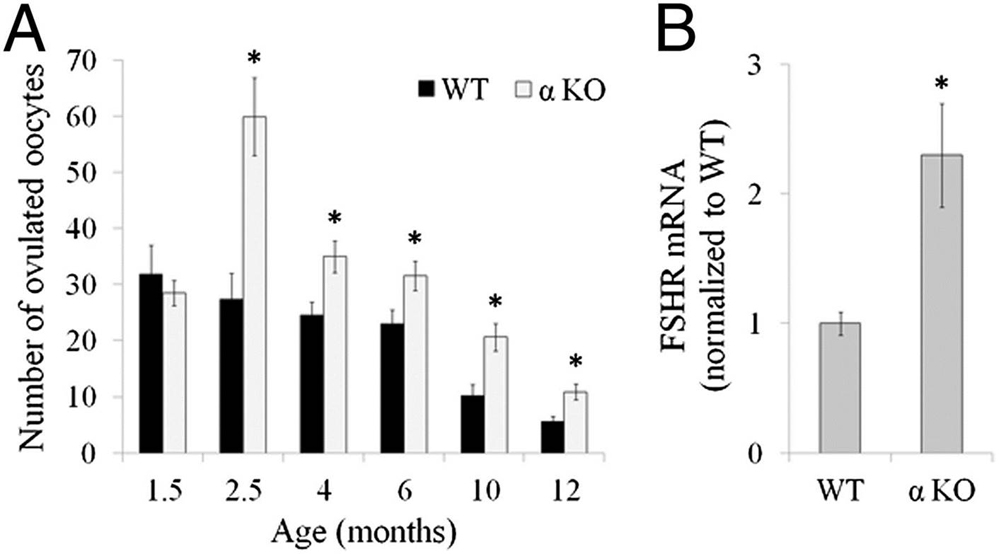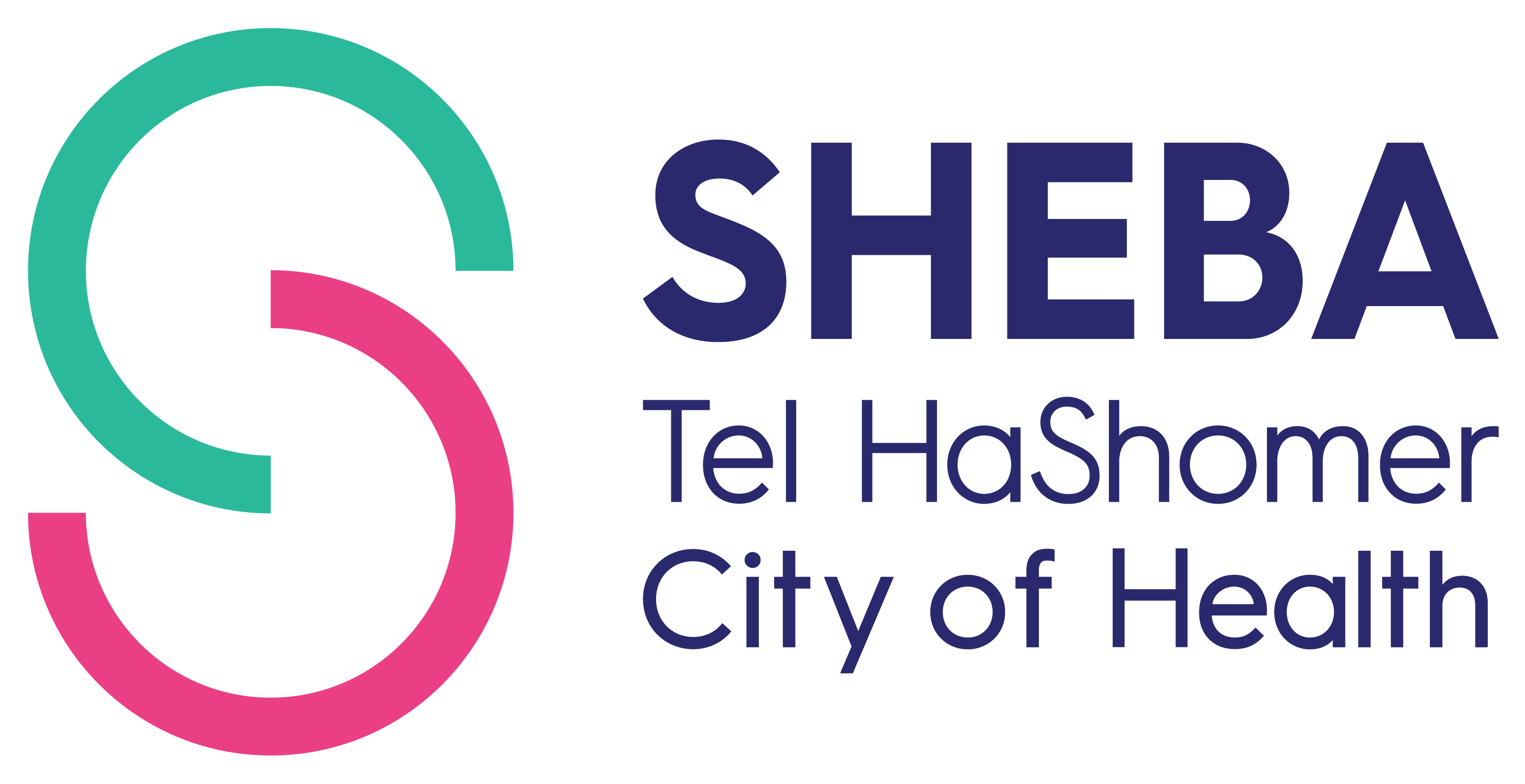Israeli discovery by Dr. Yehuda Kamari could help women with fertility problems get pregnant
Oocyte endowment dwindles away during prepubertal and adult life until menopause occurs, and apoptosis has been identified as a central mechanism responsible for oocyte elimination.
A few recent reports suggest that uncontrolled inflammation may adversely affect ovarian reserve. We tested the possible role of the proinflammatory cytokine IL-1 in the age-related exhaustion of ovarian reserve using IL-1α and IL-1β–KO mice. IL-1α–KO mice showed a substantially higher pregnancy rate and litter size compared with WT mice at advanced age.
The number of secondary and antral follicles was significantly higher in 2.5-mo-old IL-1α–KO ovaries compared with WT ovaries. Serum anti-Müllerian hormone, a putative marker of ovarian reserve, was markedly higher in IL-1α–KO mice from 2.5 mo onward, along with a greater ovarian response to gonadotropins. IL-1β–KO mice displayed a comparable but more subtle prolongation of ovarian lifespan compared with IL-1α–KO mice. The protein and mRNA of both IL-1α and IL-1β mice were localized within the developing follicles (oocytes and granulosa cells), and their ovarian mRNA levels increased with age. Molecular analysis revealed decreased apoptotic signaling [higher B-cell lymphoma 2 (BCL-2) and lower BCL-2–associated X protein levels], along with a marked attenuation in the expression of genes coding for the proinflammatory cytokines IL-1β, IL-6, and TNF-α in ovaries of IL-1α–KO mice compared with WT mice. Taken together, IL-1 emerges as an important participant in the age-related exhaustion of ovarian reserve in mice, possibly by enhancing the expression of inflammatory genes and promoting apoptotic pathways.
IL-1α deficiency results in an augmented response to gonadotropins.

Uri-Belapolsky S et al. PNAS 2014;111:12492-12497
http://www.haaretz.com/life/science-medicine/.premium-1.618507
http://www.aftau.org/weblog-medicine--health?=&storyid4704=2119&ncs4704=3









